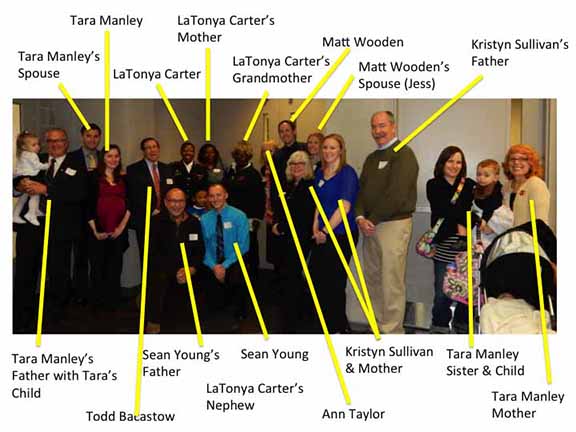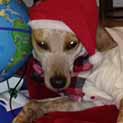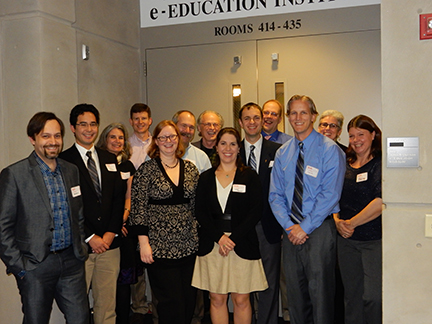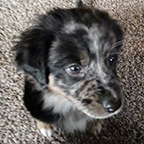IMAGE OF THE WEEK

Alan Taylor and his son Erik hiking in Gimmelwald, Switzerland, in November 2014, looking toward the Jungfrau.
GOOD NEWS
- Laura Harding won first place in the AI student awards competition for oral presentations at the American Meteorological Society conference in Arizona.
NEWS
At present California and finds itself in extreme climatic drought with local and Colorado River reservoir systems sorely stressed. This current ‘Perfect Drought’ should not be thought of as a local or short-term phenomenon, but in the context of an early 21st Century Drought that has maintained aridity over large portions of the Southwest continuously since the beginning of this century. This talk will examine the current state of the drought, its historical and prehistorical context and antecedents, and how it may relate to anthropogenic climate change.
- 3:00 to 5:00 p.m.
- Refreshments are offered in 319 Walker Building at 3:00 p.m.
- The lecture begins in 112 Walker Building at 4:00 p.m.
- Coffee Hour To Go
- Next Week February 6: Becky Mansfield “Epigenetic life: non-dualist geographies of body-environment relationships”
Get involved with the UnderDoGS
The UnderDoGS at Penn State are a group of undergraduates in the Department of Geography. The UnderDoGS represent the commitment of the students in the Department of Geography to not only excel in their studies, but also to contribute to their fellow students and to society.
Search underway for tenure-track faculty position in Africa, Environment, Health
The Department of Geography and the African Studies Program at The Pennsylvania State University invite applications for a joint tenure track faculty position at the assistant or associate professor rank. The tenure home for this position is in Geography. We seek a geographer, or a scholar working in a closely related field, whose research focuses on environment and human health in Africa. The candidate is expected to have significant experience working in Africa, and is expected to contribute to the undergraduate and graduate curriculum in both Geography and African Studies.
Graduate student investigates community response to domestic violence
The modern law enforcement approach to domestic violence has saved the lives of countless women, and it has also raised new concerns about how survivors are perceived and what communities can do to empower them. Dana Cuomo, a graduate student in the Department of Geography, spoke about her research on domestic violence in front of the American Association of University Women’s State College chapter at Schlow Library on November 3, 2014. The talk included analysis of research from her dissertation project, supported by a 2014-2015 AAUW American Fellowship.
Twitter feed brings Michigan’s past to life
On a recent morning, the photos posted on the Twitter feed Michigan’s Past included a moody, rainy take on Lansing’s Allegan Street, circa 1948; and a postcard from the early 1900s featuring gigantic winter squash. Mason Christensen (B.A. ’09), its creator, has shared 14,000-plus posts with the Twitterverse over the past year. Also among them: beautiful black-and-white pictures from the early 1940s of Michigan farm life, a news clipping from the defunct Kalamazoo Telegraph detailing the sad story of a boy who died after somehow being impaled by a cornstalk and a nifty photo of a long-gone lumber mill on the Flint River.
DOG OF THE WEEK
Last week’s dog was Pumpkin, a 2-1/2-year-old German Shorthair Pointer-Golden Retriever mix, companion to Jodi Vender. Send a photo of your dog to geography@psu.edu for our mystery dog of the week!




